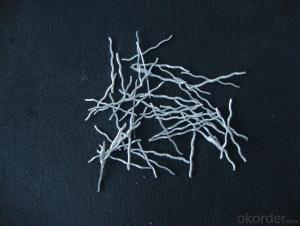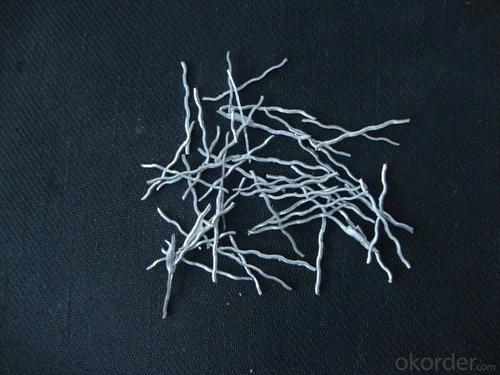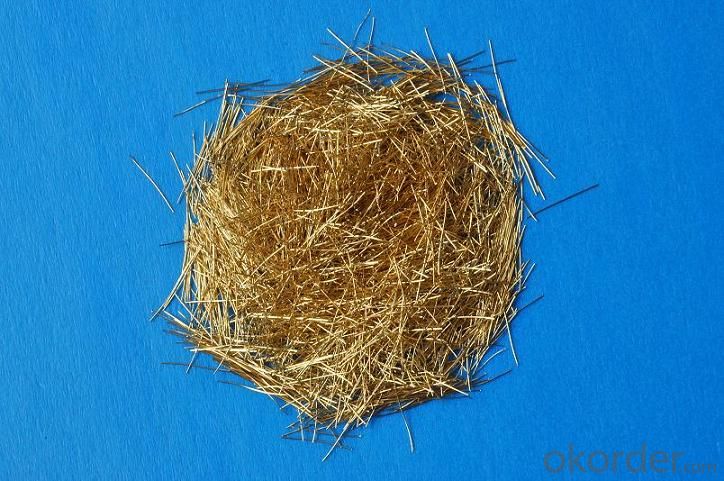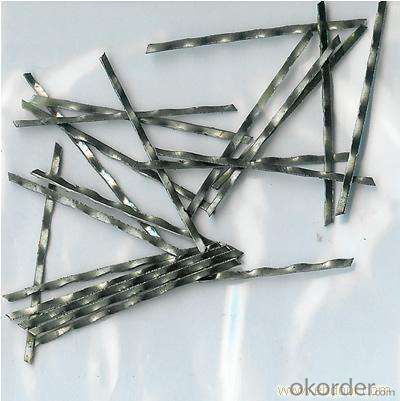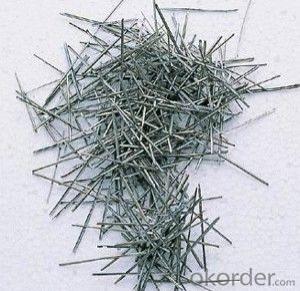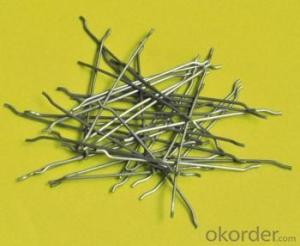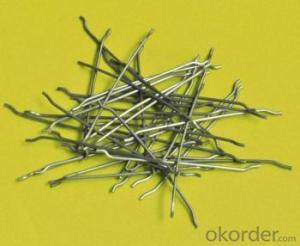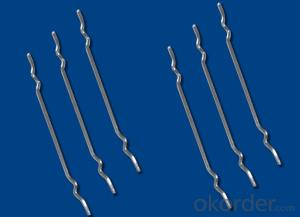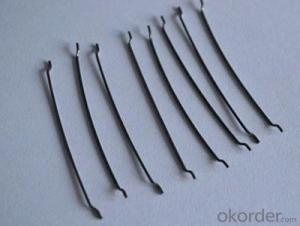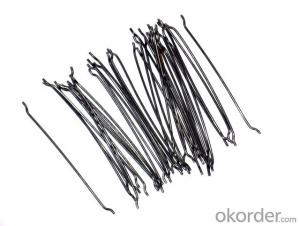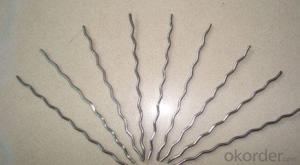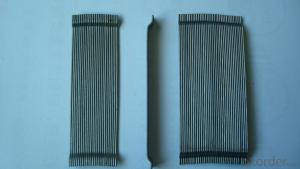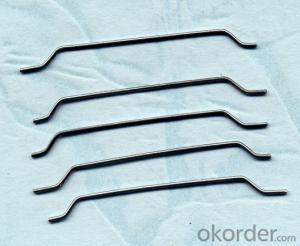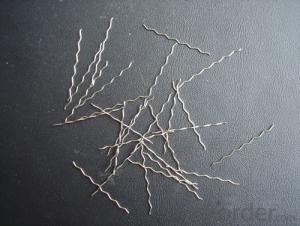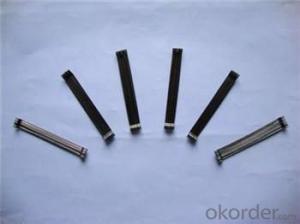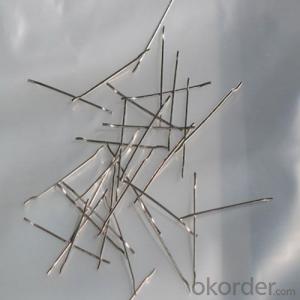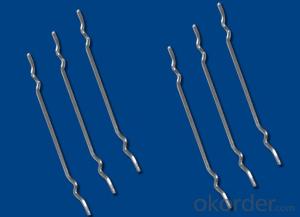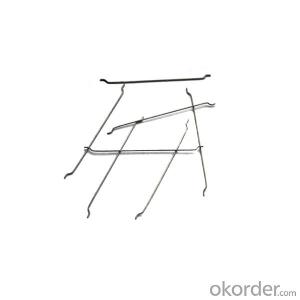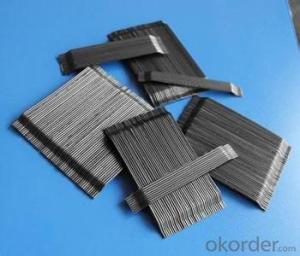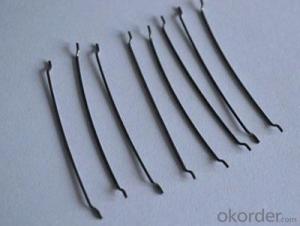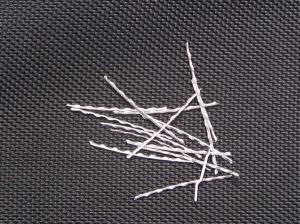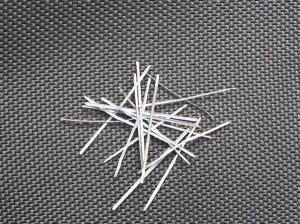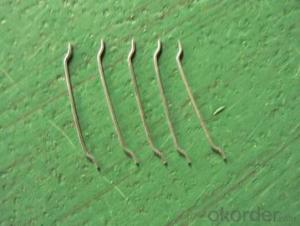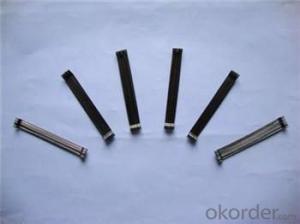Melt Extract Stainless Steel Fiber Straight Type with Hooked End for Concrete
- Loading Port:
- Tianjin
- Payment Terms:
- TT OR LC
- Min Order Qty:
- 1000 kg
- Supply Capability:
- 30000 kg/month
OKorder Service Pledge
Quality Product, Order Online Tracking, Timely Delivery
OKorder Financial Service
Credit Rating, Credit Services, Credit Purchasing
You Might Also Like
Quick Details
Place of Origin: China (Mainland)
Model Number: HHT
Material: Steel
or exceed the standerd of country's stipulation.
Our main produces are RPC coppercoated steel fiber, steel belt cuuting steel fiber and steel wire cutting steel fiber. Anual output is
15000 tons.Our raw materials are purchasing from famouse brand company in demestic.
Our products are widely used in expressway, high speed railway, industrial terrace, tunnel, bridge, airport runway and so on.We have
sold our steel fiber to lots of province of China and a lot of countrys and areas, such as korea, japan, austrilia mid-east, south asia
and so on.
Specifications
1. Directadding steel fibers to the belt,the rows of steel fiber as a whole,each of the concrete uniformly dispersed Corner
2. A water-soluble glue starts to dissolve,in a row of steel fibers in a dispersion premise,dispersed again in every corner of the monofilament fiber,showing a perspective view in the concrete of the fiber web, which play the role of an overall reinforcement.
3. Compare to the monofilament fiber,the glued steel fiber wouldn't be tied up,to ensure that the fibers in the concrete mixing does not agglomerate,distributed evenly.
High tensile strength ≥1100mpa
Good bending ductility
Better liquidity and decentrality
Lower price
Usage: Industiral terrace/ The dam slope protection/ Bridge floor/ Expansion joint/ Military engineering/ Concrete precast block/
Express way Air port runway/ Tunnel project
Picture
PP bag
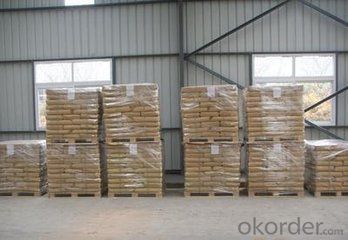
any type
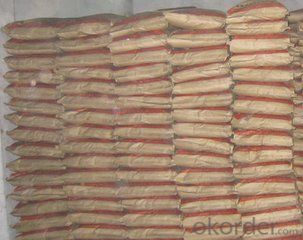
any type steel fiber
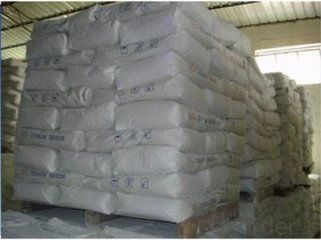
FAQ
hooked end steel fiber
Steel fiber straight type
ISO 9001 certificated
70% for Europe, Middle Asia, America market
Have the most number of steel fiber machine in china
- Q: Can melt extract stainless steel fiber be used in underground parking structures or garages?
- Yes, melt extract stainless steel fiber can be used in underground parking structures or garages.
- Q: How does melt extract stainless steel fiber affect the shrinkage and creep of concrete?
- Concrete's overall strength and durability can be enhanced by incorporating melt extract stainless steel fiber as a reinforcement material. The inclusion of these fibers increases the tensile strength and mitigates the occurrence of cracks. In relation to shrinkage, melt extract stainless steel fibers can effectively decrease the shrinkage of concrete. During the curing process, water evaporation causes the concrete to shrink in volume. The incorporation of stainless steel fibers helps disperse internal stresses and restrict shrinkage. This leads to fewer shrinkage cracks and a reduction in overall shrinkage. Similarly, melt extract stainless steel fibers play a crucial role in managing creep, which is the gradual deformation of concrete over time under sustained loads. Creep is caused by ongoing chemical and physical processes within the concrete. The presence of stainless steel fibers in the concrete provides additional resistance against applied loads, effectively controlling creep deformation. The fibers act as reinforcement, distributing stresses and reducing the overall creep strain in the concrete. In conclusion, the addition of melt extract stainless steel fiber significantly influences the shrinkage and creep characteristics of concrete. It minimizes shrinkage by dispersing internal stresses and restricting volume reduction. Moreover, it manages creep deformation by offering additional resistance against sustained loads and diminishing overall creep strain. Ultimately, the incorporation of stainless steel fibers enhances the long-term performance and durability of concrete structures.
- Q: What are the properties of melt extract stainless steel fiber?
- Melt extract stainless steel fiber is a sought-after material in numerous applications due to its unique properties. Firstly, it exhibits excellent resistance to high temperatures, making it ideal for extreme heat environments. This characteristic allows the fiber to maintain its structural integrity and performance even in intense heat conditions. Secondly, the fiber boasts high tensile strength, ensuring its durability and resistance to breakage or deformation. This aspect is particularly important in situations where the fiber may experience significant levels of stress or strain. Moreover, melt extract stainless steel fiber demonstrates exceptional corrosion resistance, thanks to its chromium content. This quality guarantees that the fiber remains resistant to rust, oxidation, and other forms of chemical degradation. Consequently, it can be utilized in harsh environments, such as marine or industrial settings, where exposure to corrosive substances is common. Another notable attribute of melt extract stainless steel fiber is its electrical conductivity. As a result of its metallic nature, the fiber facilitates the efficient transfer of electrical currents. This makes it invaluable in applications that require electrical grounding or electromagnetic shielding. Furthermore, the fiber is highly versatile and can be easily incorporated into various materials and structures. It can be blended with concrete, polymers, or other substances to enhance their mechanical properties, including flexural strength, impact resistance, and crack resistance. This versatility allows for its utilization in a wide range of industries, including construction, aerospace, automotive, and textile. In conclusion, melt extract stainless steel fiber possesses properties such as high temperature resistance, high tensile strength, corrosion resistance, electrical conductivity, and versatility. These characteristics contribute to its extensive use in diverse applications where strength, durability, and performance under challenging conditions are essential.
- Q: What is the recommended fiber geometry for melt extract stainless steel fiber in concrete?
- The recommended fiber geometry for melt extract stainless steel fiber in concrete is typically in the form of straight, monofilament fibers. These fibers are usually slender and have a diameter ranging from 0.15 mm to 0.50 mm. The length of the fibers can vary, but it is often recommended to use fibers with lengths between 20 mm to 50 mm for optimal performance in concrete. The use of straight, monofilament fibers offers several advantages in concrete applications. Firstly, these fibers provide excellent bonding with the surrounding concrete matrix, enhancing the overall mechanical properties of the material. Secondly, the straight geometry allows for effective dispersion and distribution of the fibers throughout the concrete, ensuring uniform reinforcement and improved crack control. Additionally, the slender diameter of the fibers allows for easier mixing and placement of the concrete, without significantly affecting the workability of the mixture. It is important to note that the specific fiber geometry may vary depending on the desired performance requirements and the specific application of the concrete. Therefore, it is recommended to consult with manufacturers or experts in the field to determine the most suitable fiber geometry for a particular project.
- Q: How does melt extract stainless steel fiber improve the bond strength of shotcrete?
- Shotcrete bond strength is improved in multiple ways by melt extract stainless steel fiber. Firstly, the reinforcement provided by the steel fibers within the shotcrete mix increases the material's strength. The fibers are evenly distributed throughout the mix when applied, creating a reinforcement network that enhances overall bond strength. Secondly, the high aspect ratio of the stainless steel fibers, characterized by their length and thinness, allows them to effectively bridge any cracks or voids that may form within the shotcrete. By bridging these gaps, the fibers prevent crack propagation and enhance material cohesion, thereby increasing bond strength. Moreover, the stainless steel fibers also enhance shotcrete durability. With corrosion resistance properties, they can withstand harsh environments and prevent degradation over time. This durability ensures that the bond strength of the shotcrete remains intact for an extended period, even under challenging conditions. In conclusion, melt extract stainless steel fiber improves shotcrete bond strength through reinforcement, crack bridging, and increased durability. This makes shotcrete more reliable and effective for various construction applications, including tunnel linings, retaining walls, and structural repairs.
- Q: How does melt extract stainless steel fiber improve the durability of concrete?
- Melt extract stainless steel fiber improves the durability of concrete in several ways. Firstly, the addition of stainless steel fibers to concrete enhances its tensile strength and flexural properties. This means that the concrete becomes more resistant to cracking and can withstand higher levels of stress and load. The fibers act as reinforcement within the concrete matrix, effectively bridging any cracks that may occur and preventing them from propagating further. Moreover, stainless steel fibers also improve the impact resistance of concrete. The fibers absorb and distribute the impact energy, reducing the likelihood of surface spalling or fragmentation. This makes the concrete more durable and able to withstand heavy impacts or dynamic loading conditions. Additionally, stainless steel fibers enhance the resistance of concrete to corrosion. These fibers are made from stainless steel, which is highly resistant to rust and other forms of corrosion. By incorporating stainless steel fibers into the concrete mix, it creates a protective barrier against aggressive chemicals, moisture, and other environmental factors that can cause corrosion and deterioration. This significantly extends the lifespan of the concrete structure and reduces the need for costly repairs or replacements. In summary, melt extract stainless steel fiber improves the durability of concrete by enhancing its tensile strength, flexural properties, impact resistance, and corrosion resistance. This ultimately leads to a longer-lasting and more resilient concrete structure that can withstand harsh conditions and heavy use.
- Q: Can melt extract stainless steel fiber be used in underground construction applications?
- Melt extract stainless steel fibers are a suitable option for underground construction applications. The unique properties of stainless steel make it highly compatible with such projects. Stainless steel fibers are known for their strength, resistance to corrosion, and durability, which are crucial in underground construction settings where structures face harsh environmental conditions and potential corrosion. Melt extract stainless steel fibers can be utilized in various underground construction applications. For instance, they can be added to concrete mixes to improve its strength, resistance to cracking, and overall performance. The fibers distribute evenly throughout the concrete, providing reinforcement and preventing cracks from expanding. This is particularly advantageous in underground structures where the concrete may experience high pressures or frequent ground movements. Additionally, the corrosion resistance of stainless steel fibers ensures their ability to withstand moisture and chemicals commonly encountered in the underground environment. This helps maintain the structural integrity of the construction and extends its lifespan. Furthermore, melt extract stainless steel fibers can also be used in shotcrete applications. Shotcrete is often employed in underground construction to line tunnels, shafts, and other structures. The inclusion of stainless steel fibers enhances the toughness and ductility of the shotcrete, making it more resistant to cracking and surface damage. Moreover, the use of stainless steel fibers in underground construction contributes to increased safety. The fibers help control crack propagation, reducing the risk of sudden structural failures. This is especially crucial in underground structures where a collapse could have catastrophic consequences. Overall, the use of melt extract stainless steel fibers in underground construction offers numerous benefits. Their strength, resistance to corrosion, and durability make them an excellent choice for reinforcing concrete and shotcrete in underground structures. By enhancing performance and longevity, these fibers improve the safety and reliability of underground projects.
- Q: How does melt extract stainless steel fiber impact the shrinkage cracking of concrete pavements?
- The use of melt extract stainless steel fiber can have a significant impact on reducing shrinkage cracking in concrete pavements. Shrinkage cracking occurs when the concrete undergoes volume reduction due to drying and thermal shrinkage, which can lead to the formation of cracks. By adding melt extract stainless steel fiber to the concrete mixture, it enhances the overall tensile strength and ductility of the concrete. These fibers act as reinforcement, distributing stress and preventing the formation and propagation of cracks. The fibers also help to control the plastic shrinkage by reducing the water evaporation rate from the concrete surface. The stainless steel fibers are uniformly distributed throughout the concrete matrix, creating a three-dimensional reinforcement system. This reinforcement improves the concrete's resistance to shrinkage stresses, reducing the likelihood of shrinkage cracking. Additionally, the use of melt extract stainless steel fiber can enhance the durability and lifespan of concrete pavements. The fibers improve the concrete's resistance to abrasion, impact, and fatigue, making it more resilient to the stresses and strains of traffic loads. In conclusion, melt extract stainless steel fiber has a positive impact on the shrinkage cracking of concrete pavements. It improves the concrete's tensile strength, ductility, and resistance to shrinkage stresses, reducing the occurrence of cracks. The use of these fibers also enhances the durability and lifespan of concrete pavements, making them more reliable and long-lasting.
- Q: What is the recommended spacing between melt extract stainless steel fibers in concrete?
- The spacing between melt extract stainless steel fibers in concrete can vary depending on several factors, including the intended use of the concrete, the type of structural element, and the desired performance characteristics. However, a commonly recommended range for spacing is between 1 inch (25 mm) and 2 inches (50 mm). This range allows for a sufficient distribution of fibers throughout the concrete matrix, which enhances its tensile strength, crack resistance, and durability. To ensure the proper spacing for the specific stainless steel fibers being used, it is important to refer to the product guidelines and engineering specifications provided by the manufacturer. Additionally, seeking guidance from a structural engineer or concrete expert can offer further insight tailored to the project requirements.
- Q: Can melt extract stainless steel fiber be used in pre-stressed concrete?
- Yes, melt extract stainless steel fiber can be used in pre-stressed concrete. It can enhance the durability and strength of the concrete, providing additional reinforcement and reducing the risks of cracking or failure.
Send your message to us
Melt Extract Stainless Steel Fiber Straight Type with Hooked End for Concrete
- Loading Port:
- Tianjin
- Payment Terms:
- TT OR LC
- Min Order Qty:
- 1000 kg
- Supply Capability:
- 30000 kg/month
OKorder Service Pledge
Quality Product, Order Online Tracking, Timely Delivery
OKorder Financial Service
Credit Rating, Credit Services, Credit Purchasing
Similar products
Hot products
Hot Searches
Related keywords
